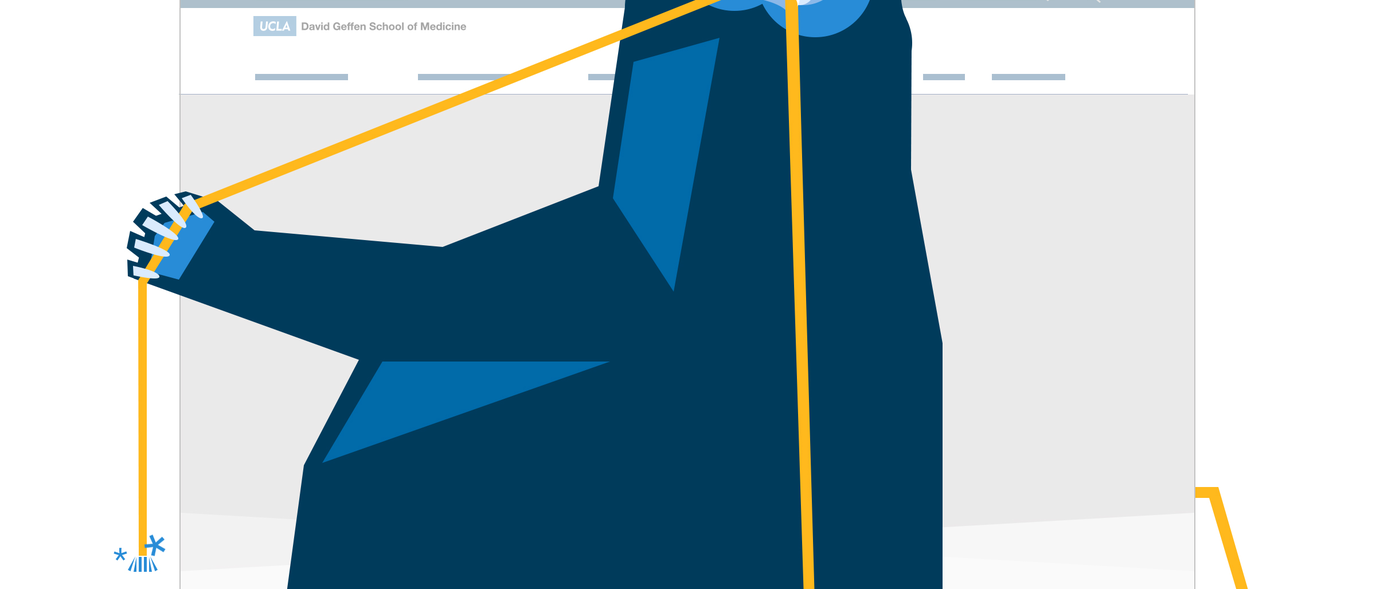We Can't Find This Page
Let’s not point any fingers but something went wrong here. Please bear with us.

Oops!
A couple of things could be happening:
- The link to this page is incorrect
- The page has been moved
- The page may have been deleted altogether
Try a quick search to find what you are looking for.
If you need further assistance please let us know, and we'd be happy to help!